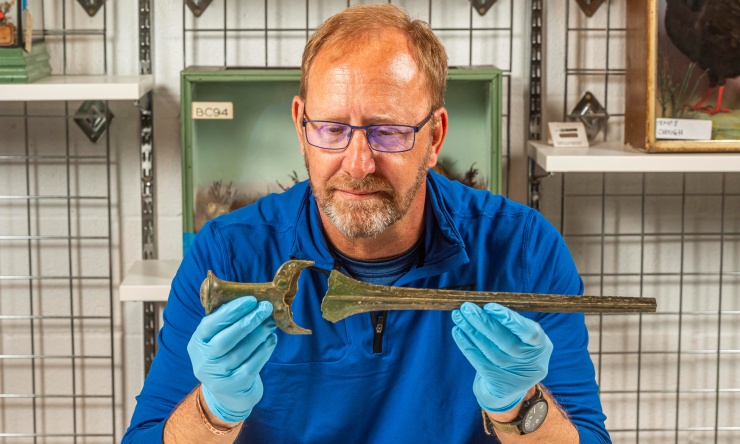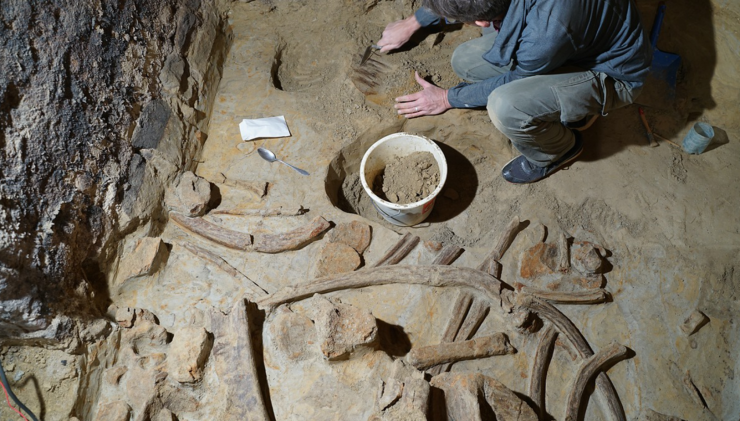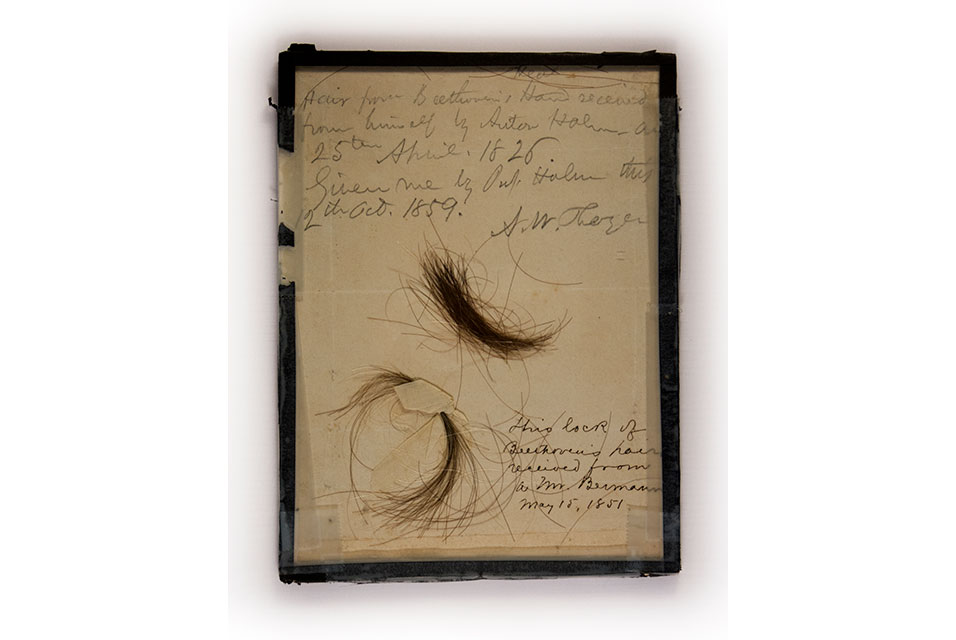Finds and rescue research abroad
Subcategories
- Nálezy nejenom s detektorem ve Velké Británii a Irsku 207
- Nálezy nejenom s detektorem ve Skandinávii 55
- Nálezy nejenom s detektorem v západní Evropě 145
- Nálezy nejenom s detektorem kovů ve východní Evropě 56
- Nálezy nejenom s detektorem na blízkém východě 52
- Nálezy nejenom s detektorem v Číně 16
- Nálezy nejenom s detektorem kovů v Rusku 3
- Nálezy nejenom s detektorem kovů v USA, severní a jižní Americe 37
- Nálezy v Asii a Oceánii 7
- Nálezy nejenom s detektorem kovů v mořích a oceanech 26

, b) Pohřební komora. (c) Urna ve výklenku 8. (d) Pouzdro obsahující urnu. (e).jpg)







